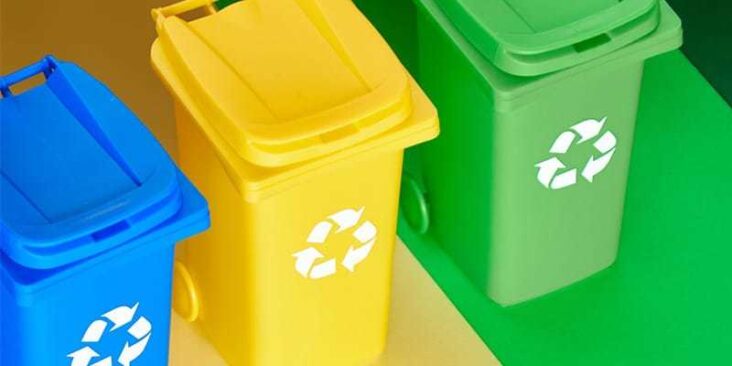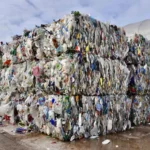Sustainable waste management is like a plan to keep our planet healthy for a very long time. It’s not just about cleaning up trash today; it’s about making sure we don’t create too much trash in the future. In this article, we’ll explore the long-term goals and strategies for sustainable waste management, all explained in simple English.
Understanding Sustainable Waste Management:
Before we dive into long-term goals and strategies, let’s grasp the basics. Waste management is how we handle our garbage, like where it goes after we toss it in the bin. Sustainable waste management takes it a step further. It means doing this in a way that doesn’t harm the environment and ensures we can keep doing it for generations to come.
Long-Term Goals for Sustainable Waste Management:
- Zero Waste: One big goal is to move towards a “zero waste” society. This doesn’t mean we’ll never have any waste, but it means we want to reduce, reuse, and recycle so much that hardly anything goes to the landfill.
- Resource Conservation: Another long-term goal is to conserve natural resources. We want to use less stuff in the first place, so we don’t have to make as much new stuff. It’s like sharing toys instead of buying new ones.
- Environmental Protection: We aim to protect the environment by preventing pollution from waste. This includes keeping our air, water, and soil clean and safe for people and wildlife.
- Reduced Greenhouse Gas Emissions: Waste can produce gases that contribute to climate change. Sustainable waste management works to reduce these emissions by promoting recycling and composting.
Strategies for Achieving Long-Term Goals:
Now that we know the goals, let’s talk about the strategies to get there:
- Reduce, Reuse, Recycle: This trio is like the superhero team of waste management. We reduce waste by using less stuff, reusing things instead of tossing them, and recycling materials to make new products.
- Composting: Composting is like turning food scraps and yard waste into nutrient-rich soil. It’s a long-term strategy to reduce the amount of organic waste going to landfills.
- Extended Producer Responsibility (EPR): EPR is a fancy term, but it’s a smart strategy. It means companies take more responsibility for what happens to their products after we’re done with them. This encourages them to make things that are easier to recycle.
- Waste-to-Energy: We’re exploring ways to turn waste into energy. It’s like turning trash into electricity, which reduces the need for fossil fuels.
- Educating and Engaging the Public: Long-term success depends on everyone being in on the plan. We need to educate people about sustainable waste practices and get them excited to participate.
- Technology and Innovation: As technology evolves, we can find new ways to manage waste more efficiently and sustainably. It’s like upgrading our tools to do the job better.
Challenges on the Road to Sustainability:
While these goals and strategies are fantastic, there are challenges too:
- Behavior Change: Getting everyone on board with waste reduction and recycling isn’t always easy. Changing habits takes time.
- Infrastructure: To achieve sustainability, we need the right facilities and systems in place for waste collection, sorting, and processing. This takes investment and planning.
- Costs: Sustainable waste management can sometimes be more expensive in the short term. However, the long-term benefits often outweigh these costs.
- Global Cooperation: Waste doesn’t know borders. To truly be sustainable, we need cooperation on a global scale.
Conclusion:
In the grand scheme of things, sustainable waste management is like a marathon, not a sprint. The long-term goals involve reducing waste, conserving resources, protecting the environment, and cutting down on greenhouse gases. To achieve these goals, we use strategies like the three Rs (reduce, reuse, recycle), composting, extended producer responsibility, and embracing technology and innovation. While there are challenges along the way, the path to sustainability is a journey worth taking. It’s a journey toward a cleaner, greener, and healthier planet for generations to come.


